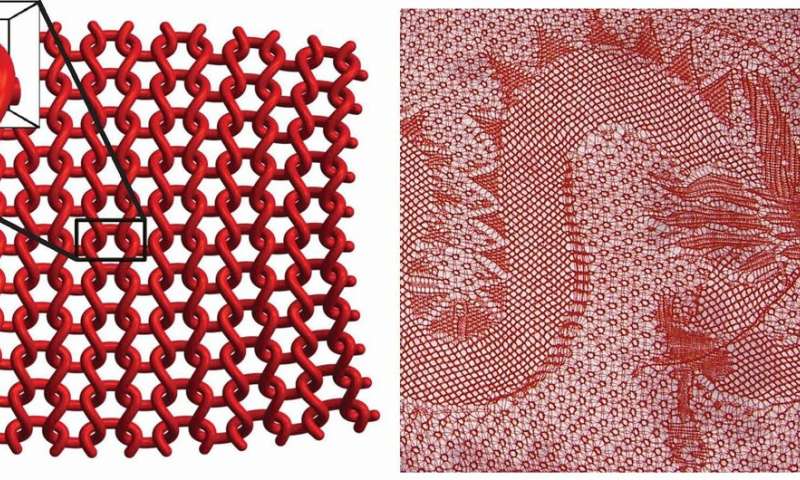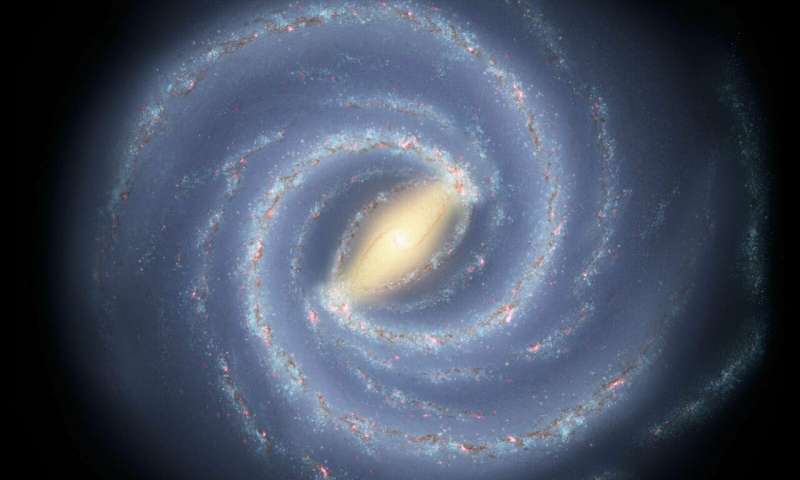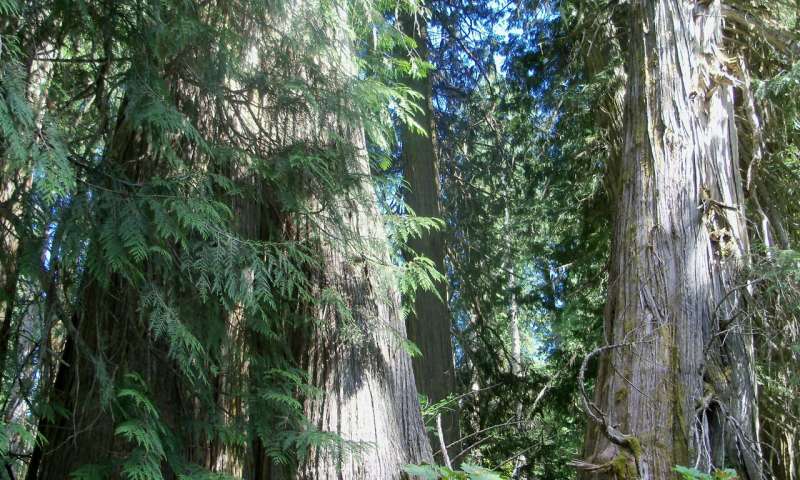The science of knitting, unpicked
Dating back more than 3,000 years, knitting is an ancient form of manufacturing, but Elisabetta Matsumoto of the Georgia Institute of Technology in Atlanta...
Physicists analyze rotational dynamics of galaxies and influence of the photon mass
The rotation of stars in galaxies such as the Milky Way is puzzling. The orbital speeds of stars should decrease with their distance from...
Making long-lived positronium atoms for antimatter gravity experiments
The universe is almost devoid of antimatter, and physicists haven't yet figured out why. Discovering any slight difference between the behaviour of antimatter and...
Dinosaurs were thriving before asteroid strike that wiped them out
Dinosaurs were unaffected by long-term climate changes and flourished before their sudden demise by asteroid strike.
Scientists largely agree that an asteroid impact, possibly coupled...
Scientists identify gene partnerships that promote spinal cord regeneration
Researchers are one step closer to solving the mystery of why some vertebrates can regenerate their spinal cords while others, including humans, create scar...
Galactic wind provides clues to evolution of galaxies
The Cigar Galaxy (also known as M82) is famous for its extraordinary speed in making new stars, with stars being born 10 times faster...
Kepler Space Telescope’s first exoplanet candidate confirmed, ten years after launch
An international team of astronomers, led by University of Hawaiʻi graduate student Ashley Chontos, announced the confirmation of the first exoplanet candidate identified by...
Rethinking old-growth forests using lichens as an indicator of conservation value
Two Canadian biologists are proposing a better way to assess the conservation value of old-growth forests in North America—using lichens, sensitive bioindicators of environmental...
Disappearing rice fields threaten more global warming
All over China, a huge change has been taking place without any of us noticing. Rice paddies have been (and are being) converted at...
Scientists develop a tunable bio-imaging device using terahertz plasmonics
Researchers at Tokyo Institute of Technology (Tokyo Tech) have developed an easy-to-use, tunable biosensor tailored for the terahertz range. Images of mouse organs obtained...
Biologists experimentally trigger adaptive radiation
When naturalist Charles Darwin stepped onto the Galapagos Islands in 1835, he encountered a bird that sparked a revolutionary theory on how new species...















